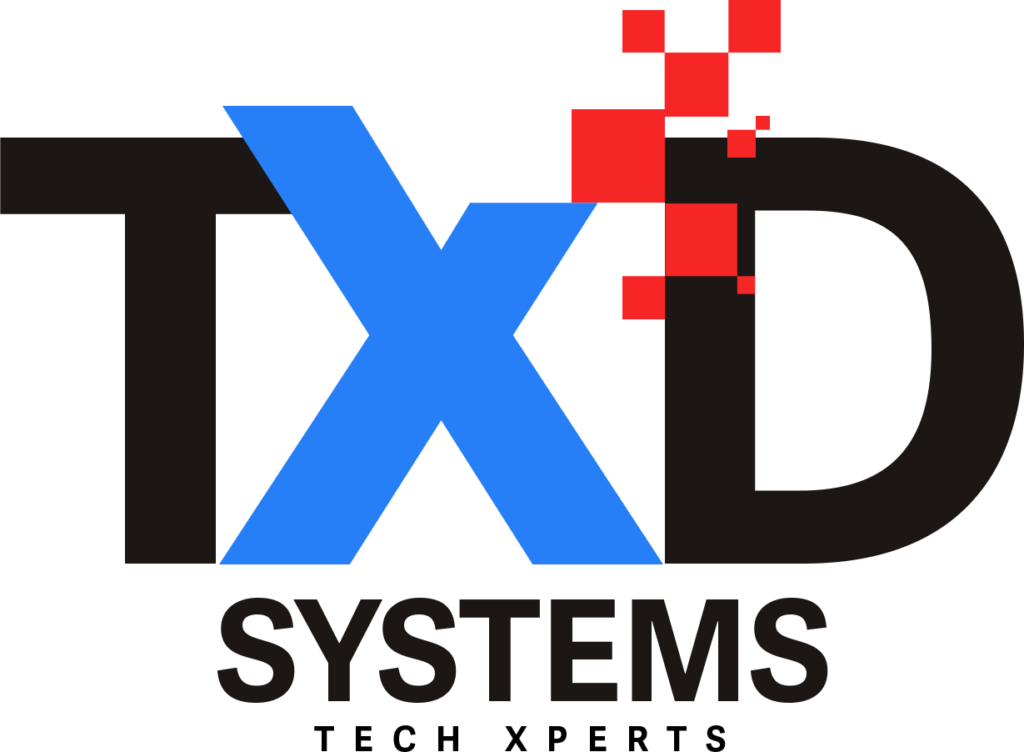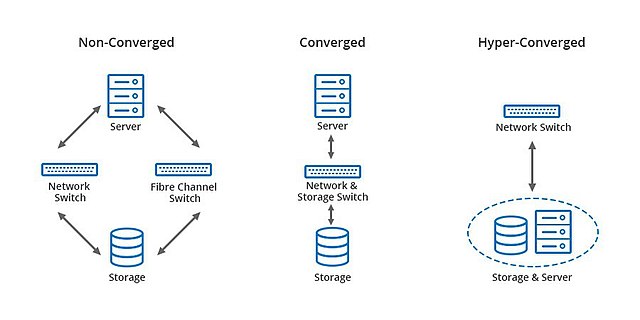introduction: In today’s dynamic and data-driven business landscape, organizations are constantly seeking ways to streamline their IT infrastructure, enhance efficiency, and reduce costs. Hyperconverged infrastructure (HCI) has emerged as a compelling solution, offering a unified and simplified approach to IT management.
What is Hyperconverged Infrastructure (HCI)?
HCI is a software-defined IT infrastructure that combines computing, storage, and networking resources into a single, integrated platform. Unlike traditional infrastructure, where these elements are siloed and managed separately, HCI eliminates the need for dedicated storage and networking hardware.
Key Advantages of HCI
- Simplified Management: HCI simplifies IT management by consolidating multiple components into a single entity, reducing the number of management tools and tasks required. This centralized approach streamlines operations and reduces the burden on IT staff.
- Agility and Scalability: HCI enables rapid provisioning of resources, allowing businesses to quickly scale up or down to meet fluctuating demands. This agility is particularly beneficial for organizations that face unpredictable workloads or seasonal spikes in traffic.
- Cost-Effectiveness: HCI can significantly reduce IT costs by eliminating the need for separate storage and networking hardware, as well as simplifying licensing and maintenance procedures.
- High Availability and Reliability: HCI provides built-in redundancy and fault tolerance, ensuring that critical data and applications remain accessible even in the event of hardware failures.
Components of a Typical HCI Solution:
- Compute Nodes: These are the servers that provide the processing power for applications and workloads.
- Storage: The storage nodes provide the capacity to store and manage data, including virtual machines, files, and databases.
- Networking: The network connects the compute and storage nodes, enabling smooth data transfer and communication between components.
- Management Software: The management software orchestrates the entire HCI stack, provisioning resources, managing storage, and providing centralized control.
Benefits of Implementing HCI:
- Reduced IT Complexity: HCI eliminates the complexity of managing disparate storage, networking, and virtualization components, simplifying IT operations and minimizing the risk of human error.
- Improved Data Protection: HCI’s built-in redundancy and fault tolerance provide robust data protection, ensuring business continuity and minimizing downtime.
- Enhanced Scalability: HCI’s ability to scale up and down on-demand allows organizations to adapt to changing business needs and accommodate fluctuating workloads without incurring additional infrastructure investments.
- Simplified Disaster Recovery: HCI facilitates easy disaster recovery, enabling organizations to quickly restore data and applications in the event of site failures or outages.
Who Should Consider HCI?
- Organizations of all sizes and industries can benefit from HCI, particularly those that:
- Seek to simplify their IT infrastructure and reduce management overhead.
- Need to rapidly provision and scale resources to meet fluctuating workloads.
- Require high availability and reliability to ensure business continuity.
- Value cost-effectiveness and want to optimize IT investments.
Conclusion: HCI as a Catalyst for Innovation
HCI has emerged as a transformative technology, empowering organizations to focus on innovation rather than being bogged down by complex IT infrastructure management. By simplifying IT operations, enhancing scalability, and providing robust data protection, HCI is driving businesses towards a more agile, efficient, and cost-effective IT environment. As organizations continue to embrace digital transformation and embrace cloud-based strategies, HCI will play an increasingly critical role in enabling them to thrive in the ever-evolving IT landscape.
TxdSystems Technical experts can provide Hyperconverged Infrastructure solution with a variety of vendors.

